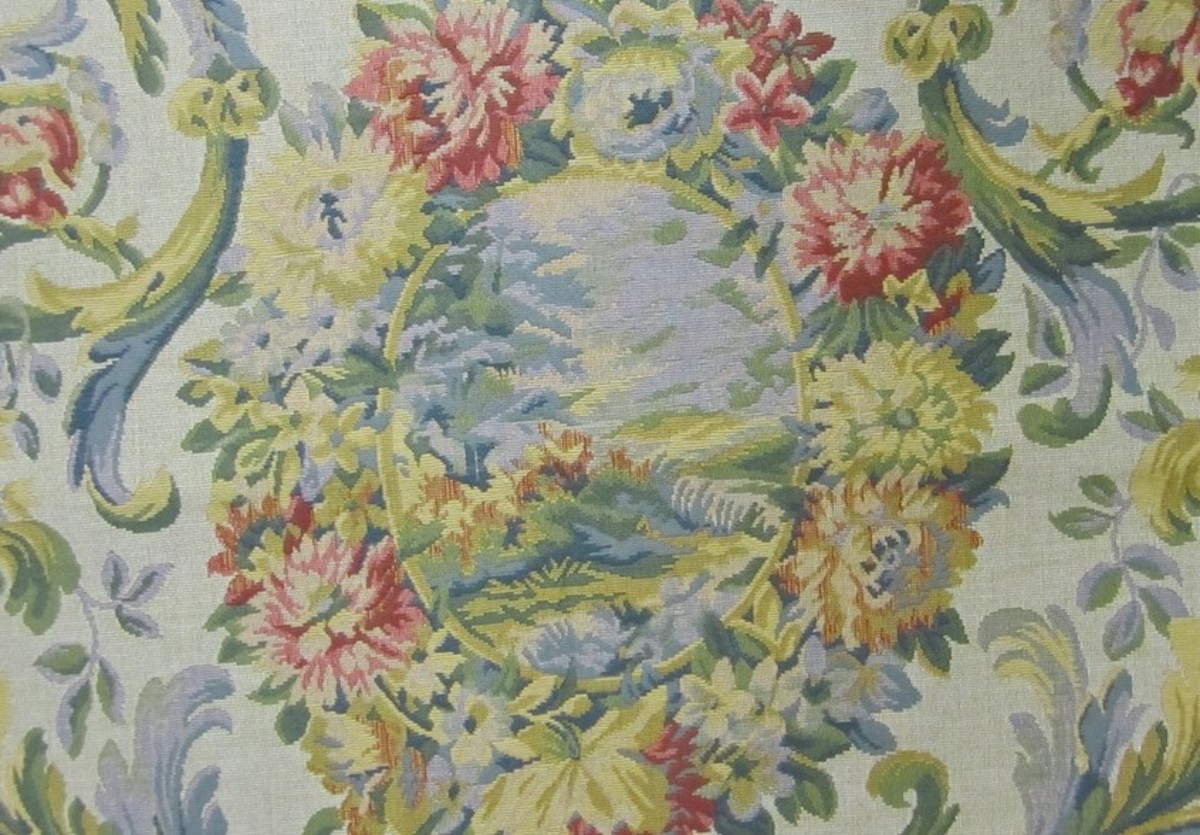Technical Textiles and it's applications nowadays it can be found in the market, technical textile fabrics protect you.
Is this Technical Textiles.
After a visit to a Research Organization arranged by our Institute of Standards Engineers,I was driving home with one of our Institute members who was to be dropped at his place of residence,knowing my background my fellow member of the Institute wanted to know what is Technical Textiles.I told him he was sitting on it.He did not know what to say.I had to respond quickly not to make him uncomfortable and told him about the seat which was a Technical Textile Fabric not meant for any of the apparel use and that such non apparel fabrics are made use of in various areas including Automobile seat covers.My guest than was looking at the seat cover and was pointing his finger at that was saying is this Technical Textiles.I told him further,the other divisions of Technical Textiles and informed him about my Blog.However my friend was more interested in hearing what I wanted to say further and I went on to explain the various divisions in Technical Textiles a Classification in Protech (protective textiles its definition, application in Agrotech (Agro-textiles), Mobiltech (Automotive and aerospace textiles), Buildtech (Construction Textiles).I further told him the possibilities on the future of technical textiles in India and how many of the textile mills if converted to technical textiles can go on to make money and more money in years to come since it has its own use in many areas of our country.
Definition of technical textiles.
The main target of the technical protective fabrics is to improve people safety in their workplaces. A technical protective fabric can save a worker's life, that's why, most of them are mainly used to manufacture PPE (personal protective equipment). The demand of these fabrics is growing around the world thanks to the sensibility of the society, requiring more safety at work. There are some organizations around the world (ASTM and ISO) which describe the requirements and regulations, to fulfill by a fabric, to be considered as a technical protective fabric. The aim of a technical protective fabric isn't fashion, they are designed to have extra values in protection, against some of the many hazards in industry.
.Applications
Nowadays it can be found in the market, technical fabrics which protect work men at :High temperatures (insulating, firefighters),Burns (flame, convective and radiant heat, firefighters, ATEX area) Electric arc flash discharge (plasma explosion, Electric companies), Molten metal impacts (foundries), Metal sparks (welding), Acid environment (petrochemical, gas, refineries and chemicals manufacturing industry ), Bullet impact fabrics (military, security), Cut resistant (gloves, glass industry), Astronaut's Suits and future use in such areas as we expect many other areas in non radio active use fabrics.
Classifications.
These fabrics are made of different kind of fibers, because every blend supports different technical characteristics to the fabric, Meta-Para aramides – Nomex: high resistance, tear, tensile strength, expensive, Wool viscoses polyamide – marlan : repelency of molten metal, heat insulation, transparency Glass fiber - High resistance, insulating. Modacrylic cotton – Marko wiki: Marko : electric arc flash protection, comfort, flame-resistant, multinorm, efficient, skin friendly, antistatic. Polyamide – Kevlar : extreme resistance, low aging.
Agrotech (Agro-textiles)
Textiles used in Agriculture are termed as agro textiles. They are used for crop protection, fertilisation, ... The essential properties required are strength, elongation, stiffness, and bio-degradation, resistance to sunlight and resistance to toxic environment. All these properties help with the growth and harvesting of crops and other foodstuffs. There is a growing interest in using materials which gradually degrade.
Some of the examples of agro textiles are:-
Preventing erosion and paving way for afforestation in greenhouse cover and fishing nets.For Layer separation in fields, nets for plants, rootless plants & protecting grassy areas. As sun screens (since they have adjustable screening) and wind shields. As packing material and in bags for storing grass (that has been mowed). Controlling stretch in knitted nets. Shade for basins.Anti-birds nets. Fabrics for sifting and separation, for the phases of enlargement of the larvae. Materials for ground and plant water management at the time of scarcity and abundance of water.
Mobiltech (Automotive and aerospace textiles)
These textiles are used in automobiles, ships and aircraft. Many coated and reinforced textiles are use in materials for engines such as air ducts, timing belts, air filters, non-wovens for engine sound isolation... A number of materials are also used in the interior of cars. The most obvious are seat covers, safety belts and airbags but one can find textiles also for the sealing. Nylon gives strength and its bursting strength being high is used as air bags in cars.
Carbon composites are mostly used in the manufacture of aeroplane parts while carbon fibre is used for making higher end tyres. High tensile polyester is used for making air balloons.
Buildtech (Construction Textiles)
Textiles used in construction - concrete reinforcement, façade foundation systems, interior construction, insulations, proofing materials, air conditioning, noise prevention, visual protection, protection against the sun, building safety.
An interesting and astethic appealing application is the use of textile membranes for roof construction. This area is also referred to as textile architecture. PVC coated high tenacity PES, teflon coated glass fibre fabrics or silicone coated PES are used for their low creep properties. Splendid examples of such construction are found in football stadia, airports and hotels.
Clothtech (Clothing Textiles)
Technical textiles for clothing applications. Especially in the finishing process where fabric is treated under pressure and high temperature the technical textile supports the fabric for smooth processing. This is usually the blend of polyester,modal,viscose,nylon,etc.
Lift tech (Lifting Textiles)
Technical textiles for Lifting applications. Used in process of lifting heavy goods. The textile produced is strongly woven with High tenacity yarns and the fabric is treated with heat and high temperature controlling its elongations. This is usually made of High tenacity polyester and Nylon however HMPE yarns as Dyneema are also used.
Geotech (Geo-textiles)
These are used in reinforcement of embankments or in constructional work. The fabrics in geo textiles are permeable fabrics and are used with soils having ability to separate, filter, protect or drain. The application areas include civil engineering, earth and road construction, dam engineering, soil sealing and in drainage systems. The fabric used in it must have good strength, durability, low moisture absorption and thickness. Mostly nonwoven and woven fabrics are used in it. Synthetic fibers like glass, polypropylene and acrylic fibers are used to prevent cracking of the concrete, plastic and other building materials. Polypropylene and polyester are used in geo textiles and dry/liquid filtration due to their compatibility.
Hometech (Domestic Textiles)
Textiles used in a domestic environment - interior decoration and furniture, carpeting, protection against the sun, cushion materials, fireproofing, floor and wall coverings, textile reinforced structures/fittings.
In the contract market such as for large area buildings, ships, caravans, busses, ... fire retardant materials are used. Fire retardant properties are obtained either through the use of inherent fire retardant fibres such as modacryl or through the application of a coating with fire retardant additives (bromide of phosphorus compounds).
Indutech (Industrial Textiles)
Textiles used for chemical and electrical applications and textiles related to mechanical engineering. Silk-screen printing, filtration, plasma screens, propulsion technology, lifting/conveying equipment, sound-proofing elements, melting processes, roller covers, grinding technology, insulations, seals, fuel cell.
Mobiltech (Textiles used in transport)
These textiles are used in the construction of automobiles, railways, ships, aircraft and spacecraft. Examples are Truck covers (PVC coated PES fabrics), car trunk coverings (often needle felts), lashing belts for cargo tie downs, seat covers (knitted materials), seat belts, non-wovens for cabin air filtration (also covered in indutech), airbags, parachutes, boats (inflatable), air balloons.
Oekotech or Ecotech (Environmentally friendly textiles)
New applications for textiles in environmental protection applications - floor sealing, erosion protection, air cleaning, prevention of water pollution, water cleaning, waste treatment/recycling, depositing area construction, product extraction, domestic water sewerage plants.
Packtech (Packaging textiles)
Packaging, silos, containers, bags, lashing straps, canvas covers, marquee tents.
Sporttech (Sports textiles)
Shoes, sports equipment, flying and sailing sports, climbing, angling, cycling, winter and summer sports, indoor sport it can vary from anything including sports bags.
Alternative spelling.
These application areas are sometimes alternatively spelled: Agrotex, Buildtex, Clothtex, Geotex, Hometex, Indutex, Medtex, Mobiltex, Oekotex (Ecotex), Packtex, Protex and Sportex.
Specific areas of application
Conveyor belts
For industrial applications and in power transmission, technical textiles are used in conveyor belts. Carcass is a fabric inside the conveyor belt, which is responsible for the strength and stretch properties of the belt. This carcass is made with layers of woven fabrics bonded together.
Electronics in textiles
It has been heard that soon textiles will be merged with electronics in all areas. In future wearable computers would be launched, these will not be like advance wrist watches etc., they will contain IC s in fabric to develop fabric keyboards and other wearable computer devices. These types of products are known as Interactive electronic textiles (IET). Research to support IET development is being conducted in many universities. Growing consumer interest in mobile, electronic devices will initiate the demand for IET products.
A simple hand glove which can avoid injurious.
Hand injuries stop people earning and working. And in the worst cases they permanently change your life for the worse. Yet the vast majority of workplace injuries can be prevented by doing nothing more than wearing good protective gloves. - See more at: http://www.dyneema.com/emea/applications/performance-textiles/protective-gloves/zero-excuses-with-protective-gloves.Advances in cut-resistant fiber technology leave no good reasons not to wear protective gloves. The latest high-performance textiles enable gloves to be made to any thickness and every level of cut-resistance, right up to the maximum.
it is not as productive our workmen feel / Indian workmen don’t feel like they can do the job when they wear gloves.” Unlike steel reinforced or glass fiber reinforced protective gloves, gloves made with the latest cut-resistant textiles are light, flexible, and don’t make your hands hot. They’re comfortable and practical while delivering the safety people need. You CAN protect your hands without impacting performance.
Thankfully, this is changing and the driver is the development of new materials and a growing realization that a custom solution is safer than simply supplying everyone with the same glove. Companies are becoming increasingly aware of the safety, efficiency, cost, and other benefits of providing their workers with form-fitting gloves that are thinner, cooler, and better padded, while providing the same cut protection as the gloves they use now..
Wearing Gloves.
But while the days of line workers and manual labor are mostly a thing of the past, there remain jobs that robots cannot do. Fiddly, awkward assembly work that requires an advanced sense of touch. And despite their bright, shiny interiors, today’s car factories remain dangerous places, which is why safety gloves are mandatory. Yet, and here’s the problem, to be safe, protective gloves have traditionally had to be thick, stiff – often reinforced with glass fiber and steel – which obviously makes them hot, uncomfortable, and inflexible. This is exactly what you don’t want when fitting small parts in cramped conditions, often just by feel. Which is why many workers surreptitiously remove their safety gloves just so they do the job with in the fixed time allotted to then.I auto assembly many parts are to be fixed with in the period the part stays in front of your conveyer belt.When I visited TOYOTA factory and saw the work that was done the hand is a part of the many tools that the worker picks up to do the job on the conveyer belt hat keeps moving giving no chance to stop unless there is an emergency which also brings down the production.There are so many instances in the industry.There are similar instances in other industry.In textile mills the worker cannot work with gloves on many machines.He has to hold a spindle rotating at 18,000 RPM and he won't use the break but will hold the spindle in his hand a technique only by learning by burning your finger slightly as you will let go the spindle before your finger skin peels off.






